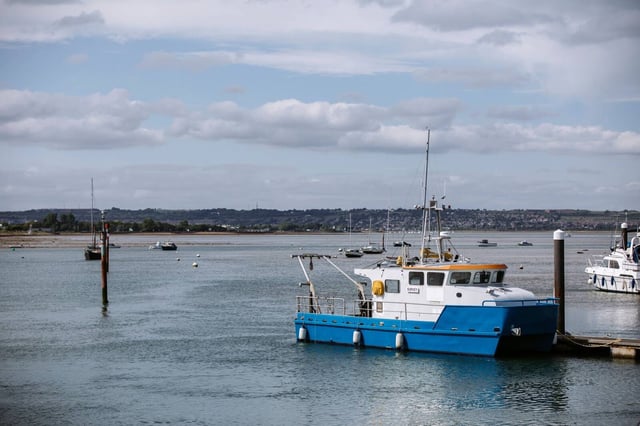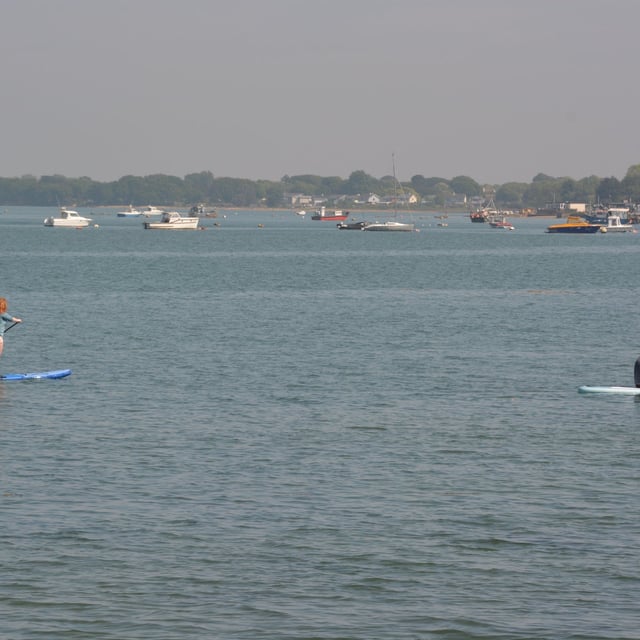Overview
- Researchers detected 105 distinct chemicals, including pesticides, pharmaceuticals, and illegal drugs, in waters from Chichester and Langstone harbours.
- Chemical concentrations increased dramatically—by over 100-fold—after combined sewer overflow (CSO) discharges during heavy rainfall events.
- The insecticide imidacloprid, commonly used in pet flea treatments, was identified as the highest-risk contaminant in surface waters.
- The presence of 1,3-diphenylguanidine, linked to tyre-wear particles and road run-off, highlights additional pollution sources beyond sewage discharges.
- Scientists call for enhanced monitoring of coastal ecosystems to better assess the impacts of these complex chemical mixtures on marine wildlife.


